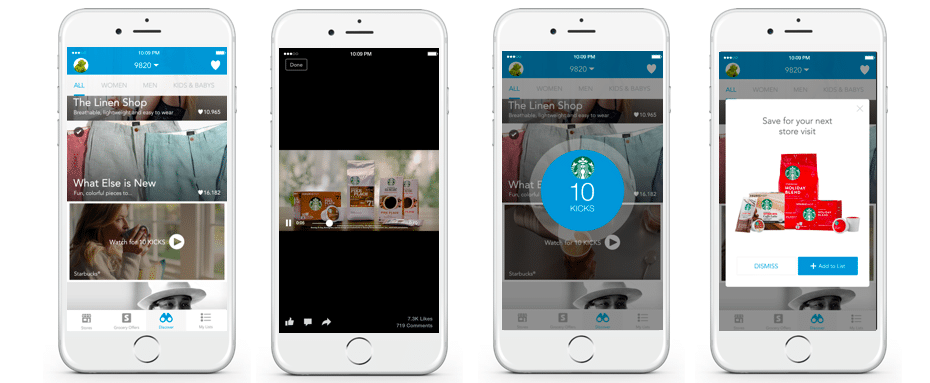In today’s attention-based economy, marketers must seek out advertising formats that their target audience will engage with and not block or skip. As consumers have become skillfully adept at evading interruptive marketing messages, some advertising formats stand out as particularly effective at capturing consumers attention and driving key brand metrics. Two formats in particular, video and incentive-based rewards, are consistently ranked among the most positive forms of advertising, and viewed most favorably by consumers.
Video is one of the most engaging ways to reach consumers and capture their attention to tell a brand’s story. In fact, the rise of video advertising can be attributed to the fact that short-form video is a true win-win for consumers and marketers. Consumers get branded content that is more dynamic, educational and entertaining while marketers have a greater opportunity to engage, tell their brand or product’s story and build meaningful relationships.
On the Shopkick platform, we’ve found video to be a particularly powerful driver of brand metrics across the purchase journey. While planning their shopping trip or building their list, users can watch a branded video at home or on the go, and be rewarded with kicks, our in-app currency. After viewing, they can save the featured product to their shopping list. Engagement rates for video are much higher than industry standards, as the incentive for viewing drives up Shopkick average completion rates to 94%, compared to industry average of 68% (IAB 2017).
On Shopkick you can connect the viewing of the video to in-store activities like product engagements and purchases. Users are incentivized to visit the product in-store, and are rewarded for picking up the product at shelf. At this point, users who have watched the video are already aware of the product attributes and benefits, and with the product in-hand, we’ve found they are much more likely to purchase. For example 24% of unique scanners watch the brand video and 32% of receipt uploaders watch video.
An example of how video works in the Shopkick platform:

To reach and engage their target audience, marketers must understand the types of content consumers seek and deliver it in the right context to build awareness and ultimately drive sales.Reaching consumers before they get to the store is critical to establish awareness, affinity and get on the shopping list, ultimately increasing likelihood of conversion and purchase.
To learn more about Shopkick Video, contact us today!






